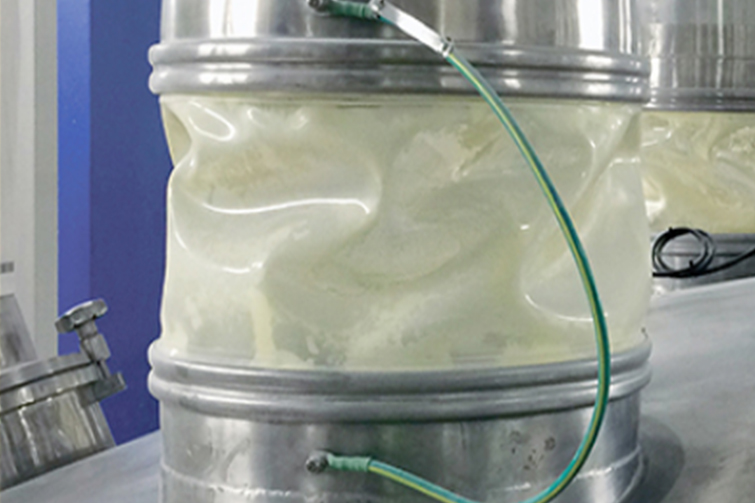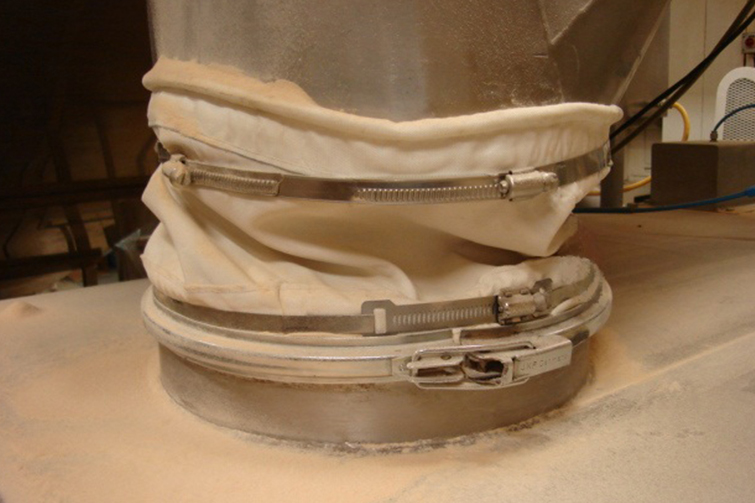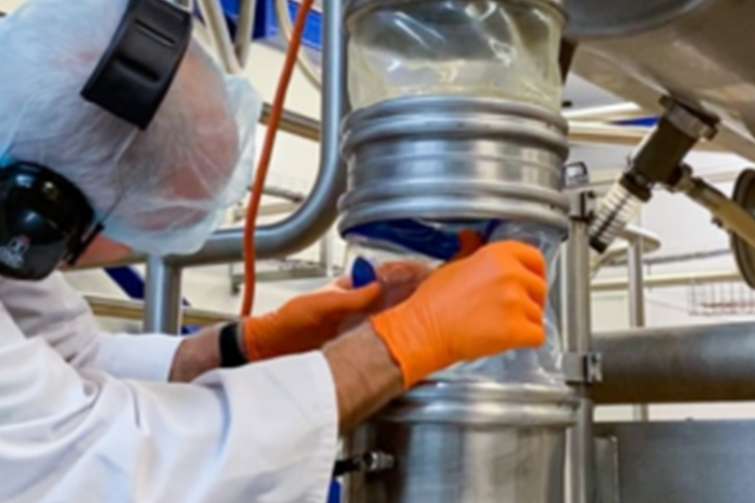

Selecting the Right Hose Material for Pharmaceutical Machinery Connections
In the pharmaceutical industry, where product purity, patient safety, and regulatory compliance are non-negotiable, every component in the manufacturing process is critical. Among these, the hoses used to connect machinery for transferring fluids, powders, and gases are far from simple conduits. They are active elements that can impact product quality. Selecting the wrong hose material can lead to contamination, leaching, adsorption, and ultimately, failed batches and regulatory citations.
This article provides a guide to selecting the optimal hose material for pharmaceutical applications, focusing on the key requirements of compliance, cleanliness, and chemical compatibility.
The Paramount Principle: Regulatory Compliance and Safety
The primary driver for material selection in pharma is adherence to stringent global regulations. The hose material must be:
- USP Class VI Compliant: This is the most critical standard for pharmaceutical applications in the United States. It involves rigorous testing for biological reactivity (using animal implants) to ensure the material is non-toxic and safe for human contact.
- FDA 21 CFR 177.2600 Compliant: Regulates rubber articles intended for repeated use in contact with food, and is often referenced for pharmaceutical components.
- EU 1935/2004/EC & EP (European Pharmacopoeia) Compliant: The European framework for materials in contact with medicinal products.
- ISO 10993 (Biocompatibility): For medical device manufacturing, this standard is essential.
- Certified for Clean-in-Place (CIP) and Sterilize-in-Place (SIP): The material must withstand repeated exposure to high-temperature steam, hot water, and aggressive cleaning agents without degrading.
Key Hose Material Candidates for Pharmaceutical Applications
The following materials are the most common and reliable choices, each with distinct advantages.
1. Platinum-Cured Silicone
- Key Advantages:Superior Purity: Platinum-curing (as opposed to peroxide-curing) leaves no by-products that can leach out, ensuring the highest level of purity. It is inherently odorless and tasteless.Excellent Temperature Range: Withstands extreme temperatures from -60°C to 200°C (+392°F), making it ideal for SIP (Steam-in-Place) processes up to 135°C and higher.Outstanding Flexibility: Remains extremely flexible at low temperatures, which is ideal for dynamic applications on moving machinery.Smooth Surface: Its non-stick, smooth bore minimizes particle adhesion and allows for easy cleaning and draining.
- Ideal For: Buffer solution transfer, WFI (Water for Injection) lines, culture media transfer, and connections for bioreactors and filling machines. It is often transparent, allowing for visual inspection.
2. Fluoropolymer-based Hoses (PTFE - Polytetrafluoroethylene)
- Key Advantages:Inertness: PTFE is one of the most chemically inert materials known, providing exceptional resistance to virtually all aggressive solvents and chemicals used in API (Active Pharmaceutical Ingredient) synthesis.Ultra-Smooth Non-Stick Surface: Prevents material build-up and ensures excellent product release. It is ideal for sticky or viscous fluids and powders.High-Temperature Resistance: Suitable for continuous use at high temperatures, well exceeding the requirements for SIP.Extremely Low Leachability: Its inert nature means there is virtually no risk of the hose adding contaminants to the process fluid.
- Ideal For: Transfer of aggressive solvents, APIs, concentrated acids/bases, and highly purified water systems. It is the material of choice for the most critical and aggressive applications.
3. EPDM (Ethylene Propylene Diene Monomer)
- Key Advantages:Excellent Steam Resistance: EPDM is renowned for its exceptional resistance to hot water and steam, making it a top choice for utility applications.Good Chemical Resistance: Performs well with dilute acids, alkalis, and polar solvents.
- Ideal For: Utility lines (e.g., pure steam, plant steam, hot water, and cooling water). It is generally not recommended for direct product contact unless specifically formulated and certified for such use.
Critical Design and Construction Features
Beyond the base material, the hose's construction is vital for its performance and compliance.
- Reinforcement: For applications involving pressure or vacuum (e.g., transfer systems), hoses require reinforcement. Stainless steel spiral or braid is common, but it must be fully encapsulated to prevent entrapment areas.
- Smooth Bore & Cleanability: The inner surface must be seamless and smooth to prevent microbial harborage and allow for effective CIP. A surface roughness (Ra) of < 0.8 µm is typically targeted for sanitary applications.
- Static Conductivity: For processes involving flammable solvents, a static-dissipative or conductive hose is mandatory to prevent explosions. This is achieved by adding carbon or other conductive compounds to the polymer.
- Sanitary Fittings: Ends must be equipped with hygienic fittings such as Stainless Steel Tri-Clamp, DIN, or SMS connections, which allow for easy, aseptic disassembly and cleaning.
Conclusion
Selecting a hose for pharmaceutical machinery is a critical risk-based decision. There is no universal "best" material—only the most appropriate one for a specific process fluid and operating condition.




